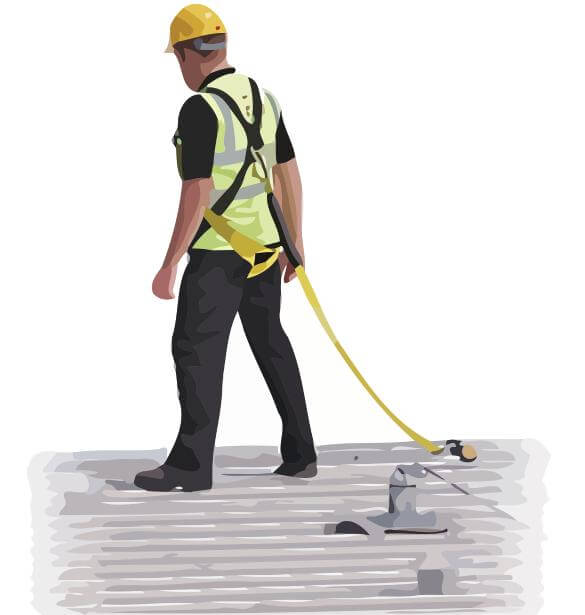Fall Arrest Systems: Your Backup Plan When Working At Heights

This is a system where a worker uses a harness and is secured onto an immovable object, via a proper rope. Some examples of when fall arrest systems are used include working on the roof of a house, climbing up a utility pole, and walking on scaffolding around a building being constructed.
Such safety systems are complicated and require proper equipment rather than makeshift assemblies. Do not risk your safety by using such a system based purely on what you've read — seek out training provided by a professional.
Basic things to know
- The system must be set up so that the worker will not hit a surface if he were to fall.
- The system must provide some give in the mechanism, otherwise a lot of force will need to be absorbed by the body, which can lead to injury even though there is no direct contact with the ground.
- If any damage is evident the equipment, must be replaced immediately.
- If the equipment has been subjected to a fall, it must be replaced immediately.
- Inspect equipment daily.
- Do not attach such a system to anything that moves or that may come loose.
Necessary components include:
- An attachment location.
- A body harness.
- A vertical lifeline, also called a lanyard.
- Webbing.
- A horizontal lifeline.
- Anchorages.
- Connectors.
Again, a professional should be consulted to train workers how to use this type of tool. Do NOT attempt this without proper training.
Download the FREE Workplace Health and Safety Manual today!




Leave a Reply